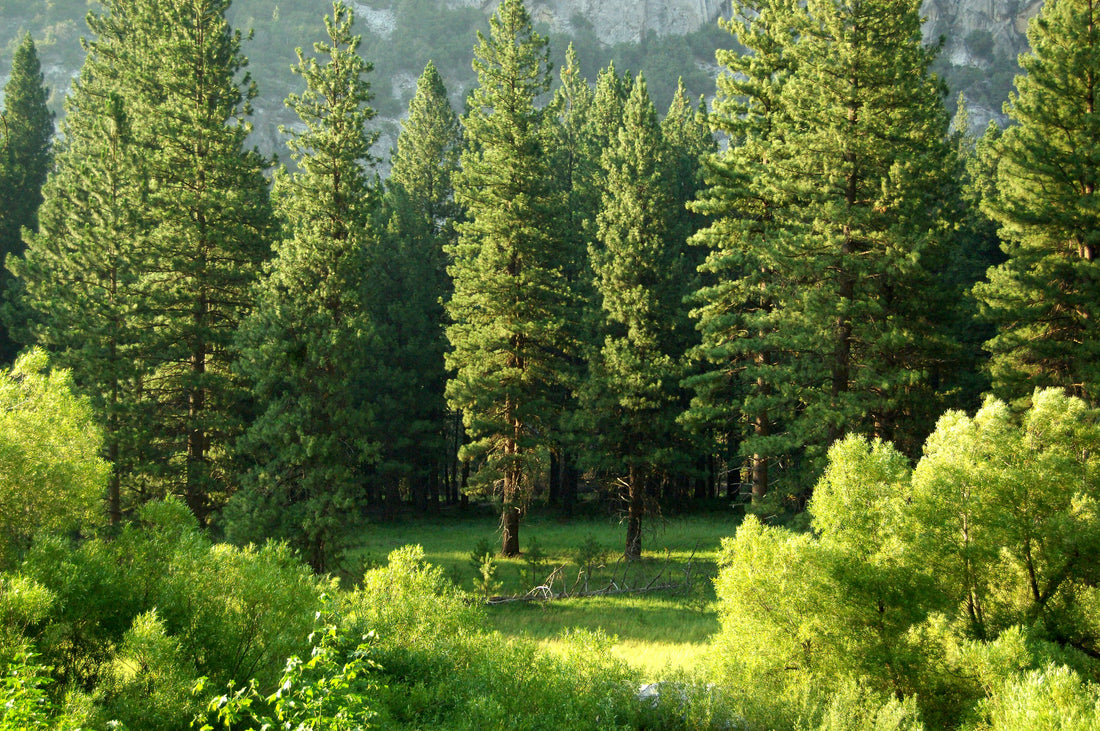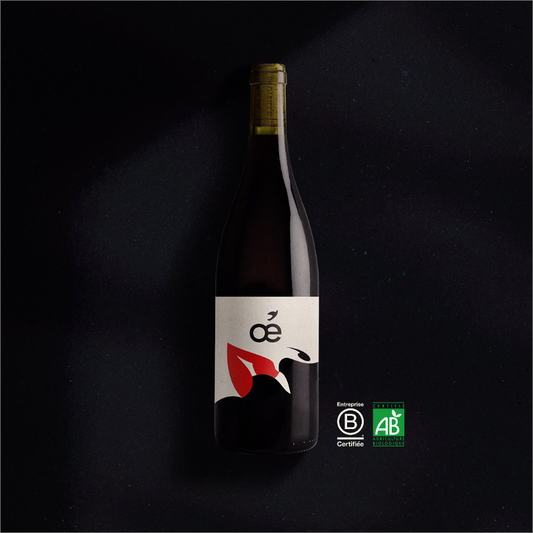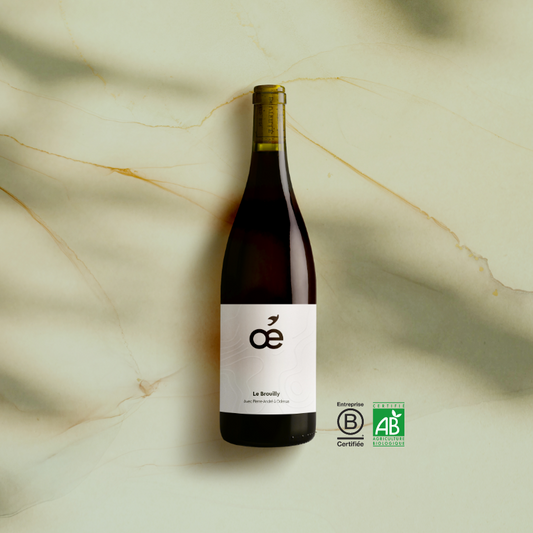Oh organic wine lovers! Today we are talking to you about a subject that affects vineyards, we are talking to you about an “endangered species”: isolated trees . They are very generally planted by man and can be fruit trees , bushes , hedges or wooded edges . They are a favorable habitat for the maintenance of organisms favorable to agriculture. Come on, let's explain all this to you!
Isolated trees: fascinating creatures
Isolated trees are usually uprooted in favor of the mechanization of viticulture to make it easier to work once conventional winemakers have mechanized their vineyards. These trees are perceived as obstacles for the treatment of the vine and during the harvest. If you think about it, it seems absurd that a tree far from everything and close to nothing is important for biodiversity. Well, we prove you the opposite now:
- Isolated trees have many benefits for the ecology and for the vines : they improve air quality and help fight against soil erosion.
- They serve as refuges for animals seeking shelter and food.
- Raptors, like buzzards, falcons use them as observation posts .
- The development of ecotones (for those who don't know what they are, they are transition zones between two ecosystems) makes it possible to create biodiversity around the vineyard with species useful for cultivation .
- Isolated trees and bushes give relief to the environment and make the vineyard landscape more harmonious. Some of them produce fruits that feed the animals that live nearby.
- They allow winegrowers to have areas of shade to protect themselves from the sun .
Trees also have the right to be happy!
Isolated trees are generally planted in places away from cultivation - vineyards, orchards, etc. - and where they have the necessary space to flourish. Often, they are located at the edge of the plot to delimit the extent of the vineyard without shading the rows of vines, which are fond of the sun. They are therefore strategically rooted to the south of the grass areas. The location is important, as is the type of tree planted or to be planted on the edge of the vineyard. For example, an unsuitable tree species may drink too much water and limit vine growth. You can also let the shrubs already present grow, because they are adapted to the climate and protect the vines and agricultural plots of neighboring farmers and winegrowers. To find out more, visit our article.
More the merrier, the merrier !
The list of trees that can be placed in strategic locations is long. Many of these are beneficial to biodiversity below and on land . For example, fruit trees are to be highlighted when you want to plant trees around a vineyard because they invite bees to pollinate them and the vine, and promote biodiversity. We find the almond tree, the cherry tree, the oak, the maple, the quince tree, the field maple, the fig tree, the pomegranate tree, the olive tree, the peach tree, the apple tree, the plum tree. Edge orchids can also be planted around the vineyard. Pay attention when you visit a vineyard, and do not hesitate to ask the winegrowers to explain their planting strategies and the trees they have chosen: they will be delighted to listen to you!





